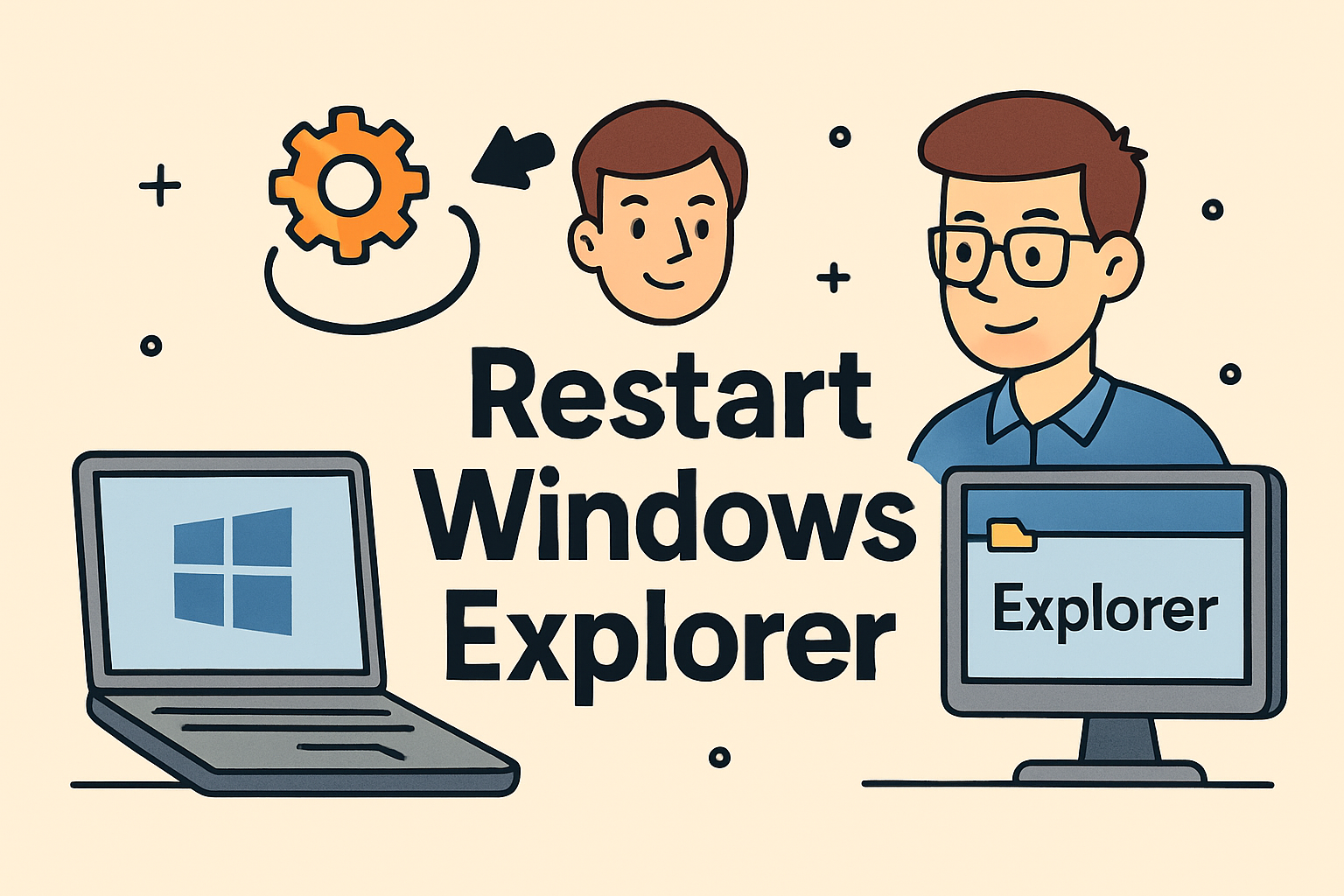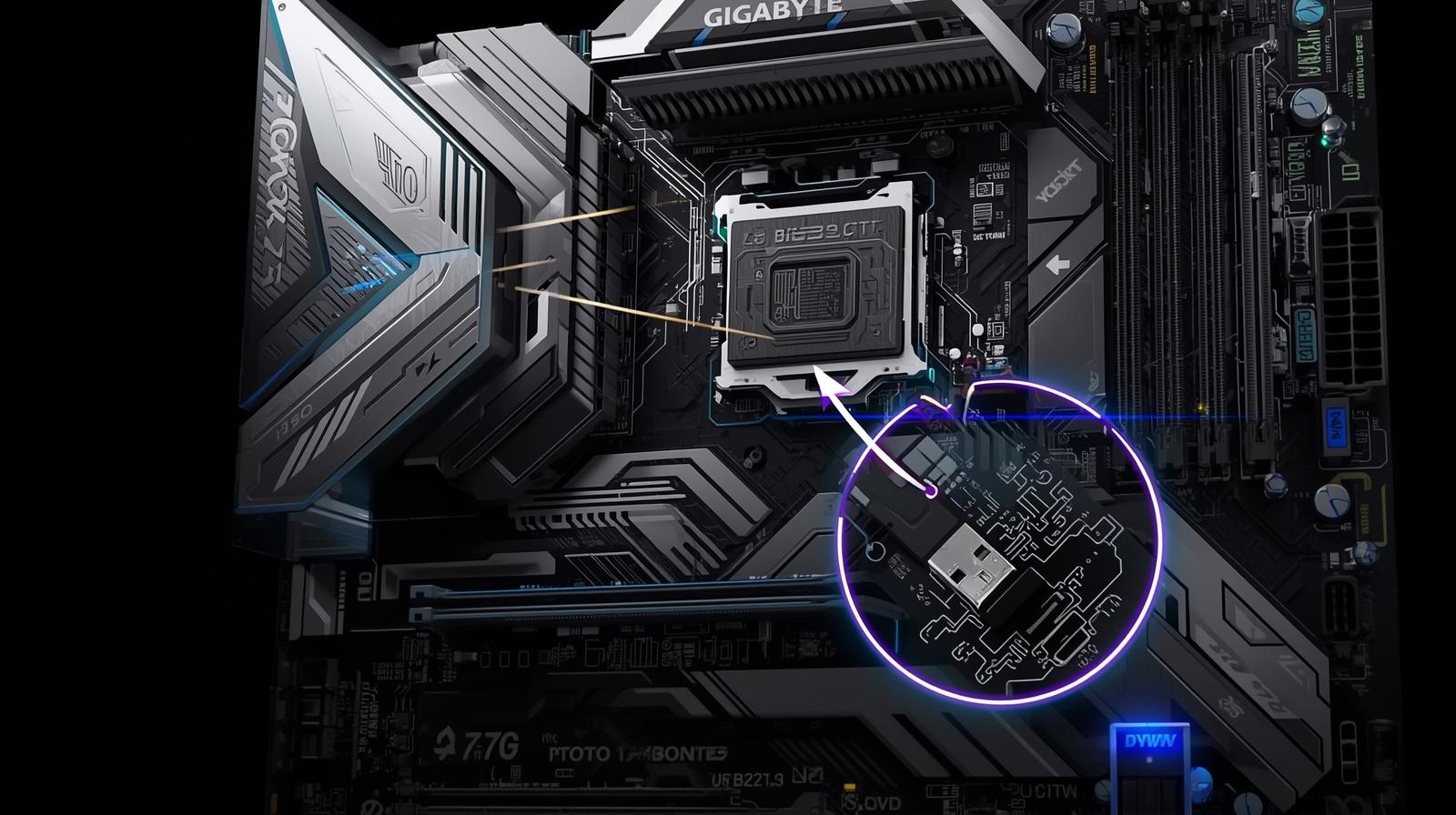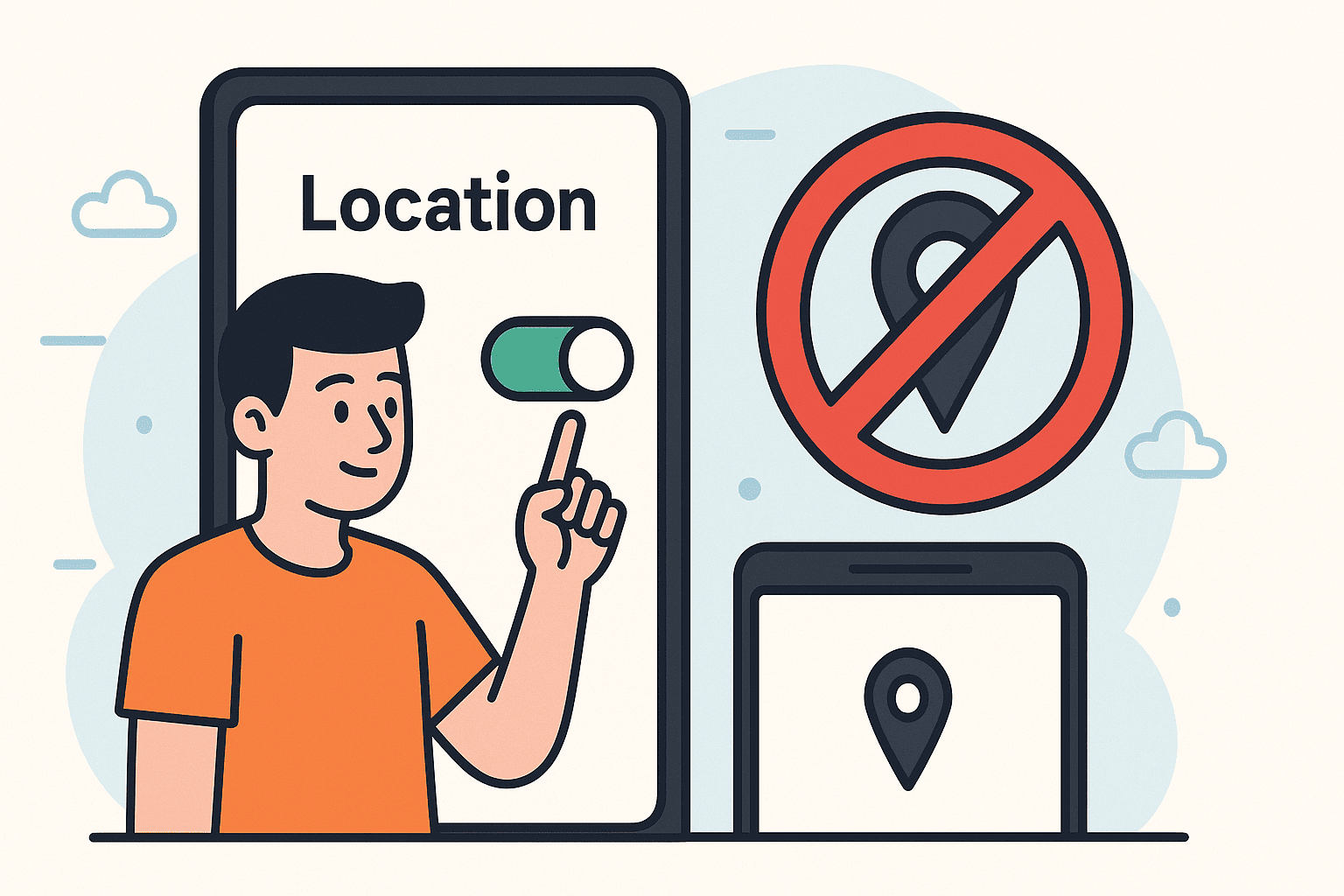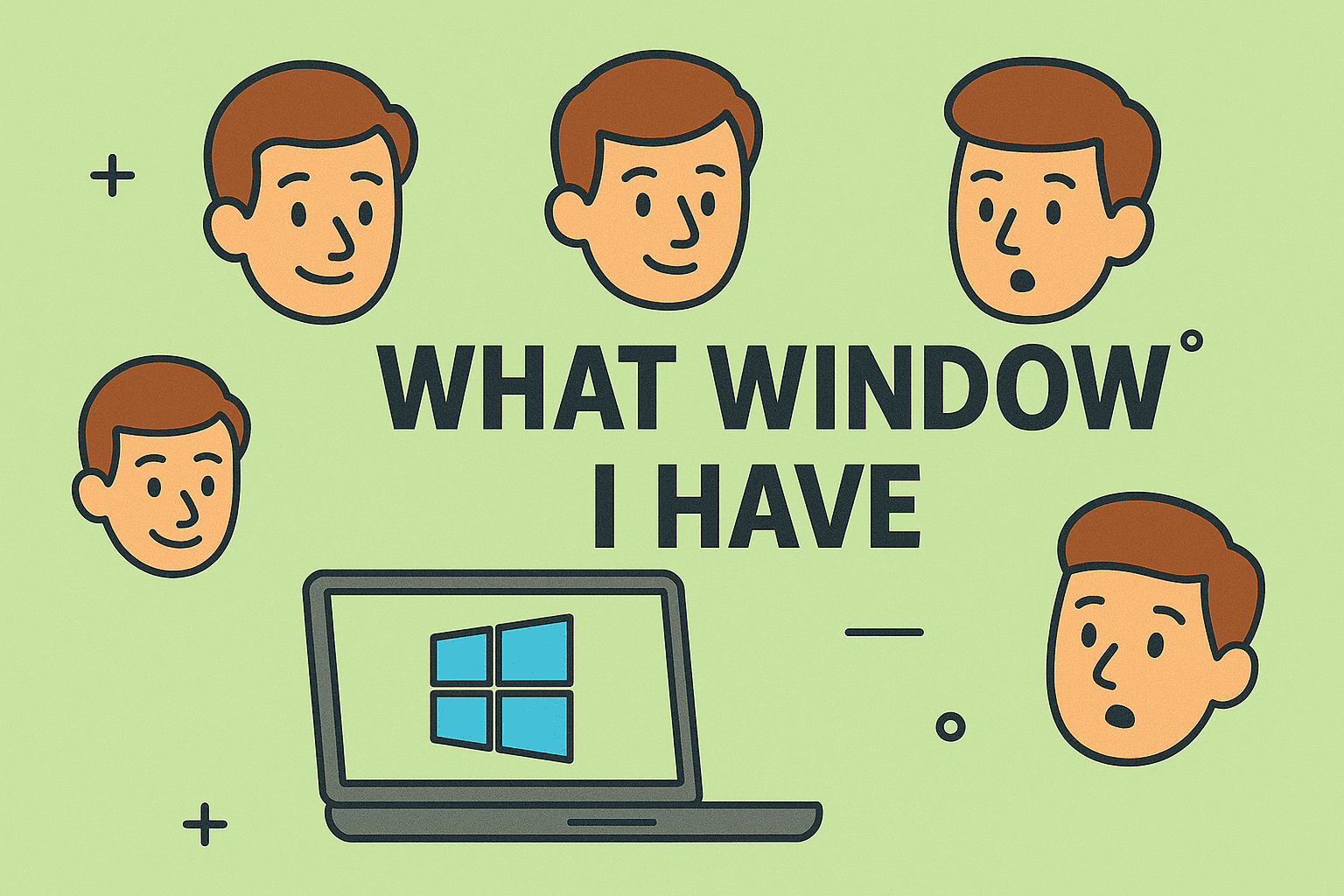The Smarter Way to Shut Down: How to Turn Off PC with Keyboard
Updated on October 16, 2025, by ITarian
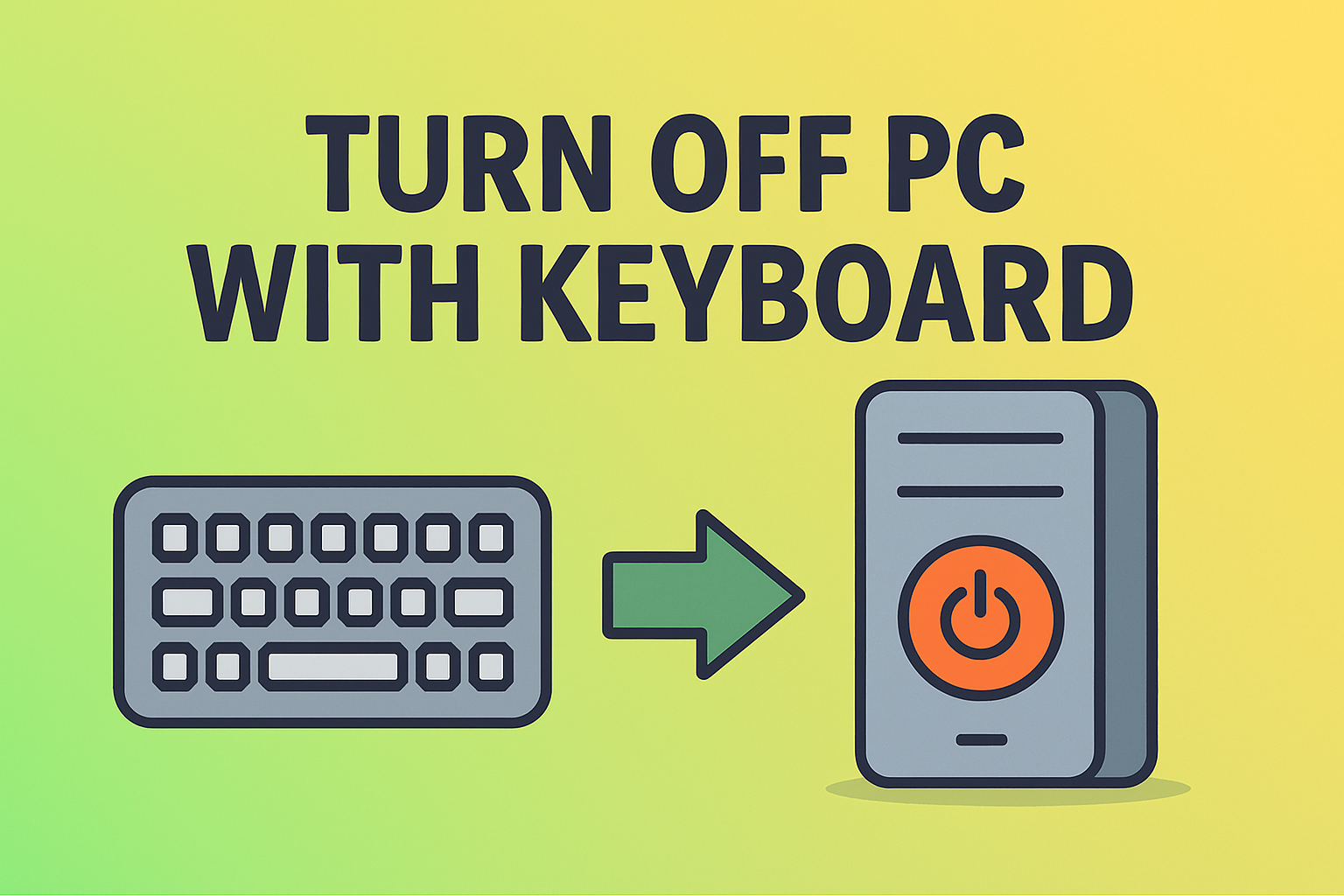
Have you ever wondered how to turn off PC with keyboard when your mouse freezes or the operating system becomes unresponsive? Whether you’re an IT manager handling multiple machines, a cybersecurity professional managing secure terminals, or a CEO working on the go, knowing how to shut down your system without relying on the mouse can save valuable time and prevent potential damage.
In this comprehensive guide, we’ll walk you through several proven methods for turning off your computer using only the keyboard — across Windows, macOS, and Linux. We’ll also explore the security implications, provide troubleshooting advice, and outline best practices to ensure you perform safe shutdowns every time.
Why Learning Keyboard Shortcuts for Shutdown Matters
Modern professionals and IT administrators often work in fast-paced, security-sensitive environments. In such contexts, knowing how to turn off PC with keyboard can make a world of difference. Here’s why:
-
Efficiency and speed: Shutting down your PC with keyboard shortcuts eliminates extra clicks and streamlines workflow — especially in data centers or environments with restricted GUI access.
-
Security: Keyboard-only shutdowns can help avoid malware-triggered mouse hijacking or GUI spoofing.
-
Accessibility: For users with physical limitations or broken mouse devices, keyboard-based control offers independence and reliability.
-
System stability: In cases of driver issues, crashes, or frozen interfaces, the keyboard may remain functional when the mouse doesn’t.
-
Remote administration: IT professionals using SSH, RDP, or command-line interfaces often rely on keyboard shortcuts to manage endpoints efficiently.
In essence, being able to turn off your computer through the keyboard is not just a productivity hack — it’s a resilience skill for anyone who values control and security.
Understanding the Shutdown Process
Before exploring the exact commands and shortcuts, it’s helpful to understand what happens during a shutdown.
When you power off a PC, the operating system:
-
Closes all running programs and saves unsaved data.
-
Stops all background services safely.
-
Writes session data and logs for system recovery.
-
Disconnects users and halts processes to prevent corruption.
If you skip these steps — for example, by unplugging power or forcing a shutdown — you risk file loss or disk corruption. That’s why it’s important to use proper commands and keyboard shortcuts rather than abruptly cutting power.
Windows: The Easiest Ways to Turn Off PC with Keyboard
Windows provides multiple built-in shortcuts and command-line utilities that make it easy to perform a complete shutdown using only your keyboard.
1. Using Alt + F4
This is the most popular and direct method for most Windows users.
Steps:
-
Press Windows + D to minimize or close all open windows.
-
Then press Alt + F4.
-
A “Shut Down Windows” dialog box appears.
-
Use arrow keys to select Shut down, then press Enter.
Tip: This shortcut works best from the desktop. If an app window is active, Alt + F4 will close that app instead.
2. Using Ctrl + Alt + Delete
When your computer is frozen or unresponsive, the Ctrl + Alt + Delete shortcut is a life-saver.
Steps:
-
Press Ctrl + Alt + Delete simultaneously.
-
Use the Tab or Arrow keys to highlight the power icon in the lower right.
-
Press Enter, then select Shut down.
This method bypasses most unresponsive processes, making it one of the safest options during system freezes.
3. Using the Power User Menu (Win + X)
Windows 10 and 11 offer a hidden Power User Menu, accessible via keyboard.
Steps:
-
Press Windows + X.
-
Press U (to open the Shut down or sign out menu).
-
Press U again to confirm and shut down.
This shortcut chain — Win + X → U → U — is fast, reliable, and works even when other methods fail.
4. Using Command Prompt or PowerShell
IT managers often prefer using terminal commands for automation or scripting.
-
Open Run (Windows + R).
-
Type the following command and hit Enter:
This command shuts down the computer immediately (
/t 0means no delay).
Alternatively, in PowerShell:
This command gracefully powers off your system using PowerShell privileges.
Pro Tip: You can even schedule shutdowns with /t followed by seconds, such as /t 60 for a one-minute delay.
5. Creating a Custom Keyboard Shortcut
If you frequently shut down your system via keyboard, you can create your own shortcut:
-
Right-click on your desktop → New → Shortcut.
-
Enter the command:
-
Click Next, name it something like Shutdown Shortcut, and click Finish.
-
Right-click the new shortcut → Properties → Shortcut Key, then assign a key combo (e.g., Ctrl + Alt + S).
-
Click Apply.
From now on, pressing that combination will instantly power off your PC.
macOS: Turning Off Using Keyboard Shortcuts
Mac users can also perform complete shutdowns without touching the mouse.
1. Instant Shutdown
Press Control + Option + Command + Power (or Eject on older Macs).
This triggers an immediate shutdown — so make sure to save any unsaved work first.
2. Sleep, Restart, or Shutdown Menu
To access the full shutdown menu:
-
Press Control + Power.
-
Use arrow keys to highlight “Shut Down,” then hit Return.
3. Using Terminal
If you prefer command-line control:
This command halts your Mac instantly. You can also specify a time (e.g., sudo shutdown -h +5 for five minutes later).
Linux: Command-Based Shutdowns
Linux and UNIX systems are keyboard-friendly by design, making it simple to shut down safely using terminal commands.
1. Standard Shutdown Command
The -h flag stands for halt, and now ensures immediate action.
2. Using Poweroff or Halt
or
Both commands are equivalent and commonly used in headless or remote environments.
3. Reboot Instead of Shutdown
If you want to reboot:
or
Tip: Always ensure you have saved your work and closed critical services before executing these commands.
Extra Techniques for Specific Scenarios
Keyboard shutdowns can vary depending on hardware type and use cases. Here are additional insights:
1. For Laptops
Most laptops have a physical power button shortcut. You can configure what happens when you press it:
-
Go to Control Panel → Power Options → Choose what the power buttons do.
-
Set it to “Shut down.”
This way, pressing the button (or holding it for 3–5 seconds) powers off safely.
2. For Remote or Headless Systems
In remote servers or headless setups, keyboard commands like shutdown or poweroff are essential. Combine them with SSH sessions for remote management.
3. For Virtual Machines
Virtualized environments often show a “virtual power button.” You can send shutdown signals through keyboard input or host controls (e.g., Ctrl + Alt + Delete).
4. For Kiosk or Restricted Access PCs
In kiosks or secure terminals, mouse access may be disabled. Setting up a dedicated keyboard shortcut for shutdown allows authorized operators to power off safely.
Comparing Methods — Which Is Best?
| Method | Platform | Difficulty | Speed | Recommended For |
|---|---|---|---|---|
| Alt + F4 | Windows | Easy | Fast | Everyday users |
| Ctrl + Alt + Delete | Windows | Easy | Medium | Frozen GUI |
| Win + X → U → U | Windows | Easy | Fast | Admin users |
| shutdown /s /t 0 | Windows | Moderate | Fast | IT scripting |
| Ctrl + Option + Cmd + Power | macOS | Easy | Instant | Apple users |
| sudo shutdown -h now | Linux | Moderate | Fast | System admins |
| Custom shortcut | All | Moderate | Fastest | Power users |
All methods are secure and efficient — choose based on your environment and comfort level.
Safety Tips Before Shutting Down
When learning how to turn off PC with keyboard, safety should remain your top priority.
-
Save all work: Unsaved files can be lost during immediate shutdowns.
-
Close running applications: Graceful closure prevents file corruption.
-
Avoid forced shutdowns: Use
/fflags only when absolutely necessary. -
Wait for indicators: Hard drives should stop spinning before removing power.
-
Use UPS systems: For servers and critical systems, use uninterruptible power supplies for safe shutdowns.
These measures ensure that your system remains healthy even after repeated keyboard-based power cycles.
Automation for IT Managers and Security Teams
In enterprise environments, automated or remote shutdowns can be integrated into endpoint management systems. For example:
-
Batch Scripts
Create a.batfile with:Schedule this via Task Scheduler for periodic reboots or updates.
-
PowerShell Automation
This command allows simultaneous shutdown of multiple endpoints in a network.
-
Linux Cron Jobs
Schedule shutdowns for servers during maintenance windows usingcrontab.
Such automations help IT teams maintain control while reducing manual errors — all from the keyboard or scripts.
Troubleshooting: When Keyboard Shutdown Fails
Sometimes, your system may not respond to standard shortcuts. Here’s what you can do:
-
Check Group Policies: IT admins may have disabled keyboard-based shutdowns for security reasons.
-
Ensure proper focus: Alt + F4 only works when no window is selected.
-
Run as Administrator: Command-based shutdowns require elevated privileges.
-
Update drivers: Outdated keyboard drivers may block shortcut responses.
-
Use Safe Mode: Restart and test in Safe Mode to isolate software conflicts.
If all else fails, you can press and hold the physical power button for 4–5 seconds — but this should only be your last resort.
Frequently Asked Questions (FAQ)
Q1: Can shutting down with keyboard harm my PC?
No — as long as you use proper commands or shortcuts. Forced shutdowns, however, can cause data loss.
Q2: Is there a universal shutdown shortcut?
Not exactly. Windows uses Alt + F4, macOS uses Control + Option + Command + Power, and Linux uses terminal commands.
Q3: How do I assign my own shutdown shortcut?
Create a desktop shortcut using shutdown.exe /s /t 0 and assign a custom hotkey in its properties.
Q4: Does this work for laptops and desktops alike?
Yes. All listed methods apply to both, though laptops may have configurable power buttons.
Q5: Can I automate shutdowns using scripts?
Yes. Windows batch scripts, PowerShell commands, and Linux cron jobs allow scheduled or remote keyboard-triggered shutdowns.
Final Thoughts
Knowing how to turn off PC with keyboard equips you with faster control, greater resilience, and enhanced security. From simple shortcuts like Alt + F4 to advanced scripting for automation, these techniques ensure you’re never dependent on a mouse or graphical interface.
For cybersecurity teams, endpoint administrators, and business leaders, mastering these methods is a small yet crucial step toward better system management and operational continuity.
If you’re ready to enhance your IT management workflow, centralize security controls, and automate endpoint operations — take the next step today.
Protect your network, streamline administration, and manage every endpoint effortlessly.
Sign up with Itarian now and simplify secure device management


